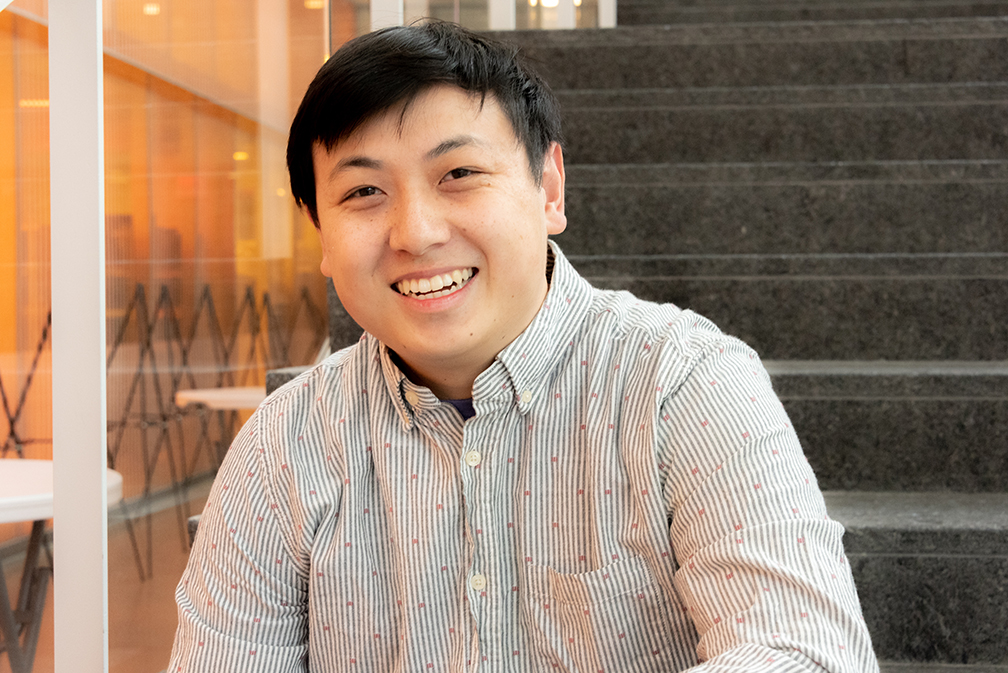
- This event has passed.
MSE Thesis Defense: “Alloy Anodes for Alkali-Metal Batteries: Elucidating Lithiation Pathways of Metal/Metal Composites and Solid Solution Alloys Using Novel Nanoporous Tri-Layer Metal/Metal/Metal Composites”
July 1, 2024 at 11:00 AM - 1:00 PM
The pressing issues of global warming and the rapid depletion of fossil fuel reserves have prompted both private and governmental organizations to seek clean, renewable energy alternatives. Solar and wind energy have been extensively researched, leading to significantly reduced costs for energy production. However, to address the intermittent nature of these energy sources, reliable methods for storing excess energy produced during peak times are necessary for use during off-peak hours, such as nighttime for solar energy. One such method is using batteries – such as Li-ion, Na-ion, and Mg-ion batteries – to store this excess energy. However, current batteries suffer from relatively low energy densities, which make it difficult to store large amounts of energy for a prolonged period of time. One promising solution is to drastically increase the energy densities by replacing current low specific capacity graphite anodes with alloy anode materials, specifically with nanoporous structure. Incorporating nanoporosity into alloy anodes has shown improved performance in terms of cycling stability and rate capability. Further advancements have been achieved by combining materials to exploit their synergistic effects. Typically, though, nanoporous metal fabrication methods require a sacrificial element to be etched from a parent alloy, leading to significant material waste and poor sustainability — often having waste material exceeding 50 at. % of the parent material.
In this work, we introduce a novel technique called “chlorine-neutral etching” for sustainably producing nanoporous metals without sacrificing materials. This technique uses oxidative and reductive pulses to convert bulk silver into nanoporous silver without any sacrificial elements. We extended this method to a gold-silver alloy precursor, successfully separating gold and silver into distinct nanoporous gold and silver layers, creating a tri-layer composite material. Using scanning electron microscopy (SEM) and small-angle X-ray scattering (SAXS), we confirmed the uniform porosity of the entire material. With this innovative nanoporous silver | gold | silver tri-layer composite structure, we explored the electrochemical alloying reaction pathways with lithium (principles which can be extended to storage of other alkali and alkaline-earth metal ions) of both a solid solution alloy and the tri-layer metal/metal composite material. We predicted phase morphology evolution in a material combining gold and silver phases based on the equilibrium phase diagrams of each component. By comparing the voltage profiles of the solid solution alloy and the composite structure, we assessed how each structure’s voltage profile compared to the sum of its individual components. Our conclusions suggest future research directions and present preliminary results for extending the chlorine-neutral etching method to a promising alloy anode, lead metal. We also developed battery cells using bulk lead metal and compared the long-term cycling performance of solid solution alloys against nanoporous metal/metal composite materials.

